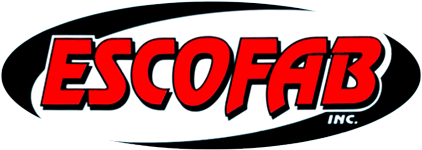Most of us are familiar with the term “welding” and have at least some understanding of the concept. What many people may not be so aware of, however, is how many different types of welding procedures are used. That, of course, leads us to obvious questions like how do the different types of welding differ, and what are the different types of welding used today?
What Are the Different Types of Welding
Welding plays a vital role in many industries and is responsible for the construction of goods and items we use every day, but what do we know about the different types of welding and how welding services are used? Here is a quick look at those questions and answers to how the different types of welding differ and the different types of welding.
MIG Welding
This is what most people think of when they contemplate the word welding. The easiest of the welding processes, MIG welding, is typically used for welding larger parts together that do not require as much precision.
TIG Welding
A more precise welding technique, TIG welding, is more commonly used for welding smaller pieces and parts and is also ideal for non-ferrous metals. TIG welding also offers a considerable amount of versatility, although it is generally a more time-consuming and costly process too.
Flux Welding
The benefit of Flux welding is that it doesn’t use any type of shielding gas (carbon dioxide, argon, etc.), making it effective for outdoor use even during breezy days. Flux welding is also popular for its use in welding a range of metal alloys.
Stick Welding
Likely another common image when people imagine welding, stick welding is also one of the easier welding techniques to learn. While versatile and good when working with many metal alloys, it does require considerable electrode replenishment and is infamous for creating slag.
Plasma Arc Welding
This type of welding is a more specialized and pricey welding option. Plasma arc welding is renowned, however, for its arc control features and the quality, finish, and strength of its welds.
Energy Beam Welding
Perhaps not as common as some other types of welding, energy beam welding is most often used for welding dissimilar metals along with items with various melting points. Energy beam welds can create cracks or issues, though, as materials can shrink during cooling.
Other types of welding you may encounter include Atomic Hydrogen Welding and Oxy-acetylene welding. While Atomic Hydrogen welding is being phased out, its most noted benefit is the ability to reach 4000 °C, hot enough to weld tungsten.
Escofab Inc. Machining Services
Welcome to Escofab Inc., where we have been providing quality machining and fabrication services since 1981. Here at Escofab Inc., we utilize fabricating and machining to your specifications and work to meet your needs and ensure customer satisfaction.
Our friendly and informative staff are eager to assist you. Contact us with any questions or to get help with your next machining and fabrication project today.
